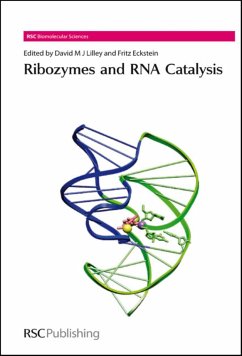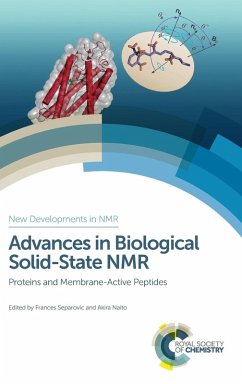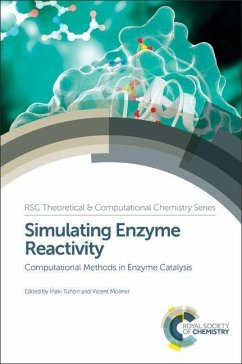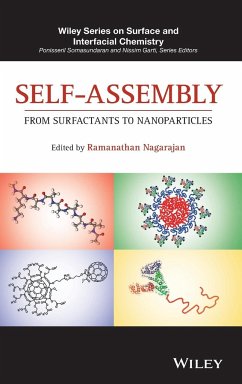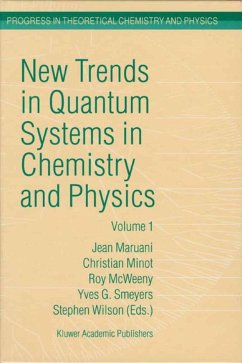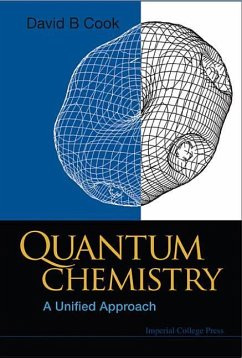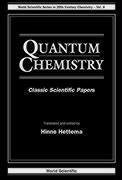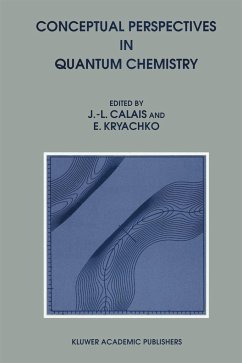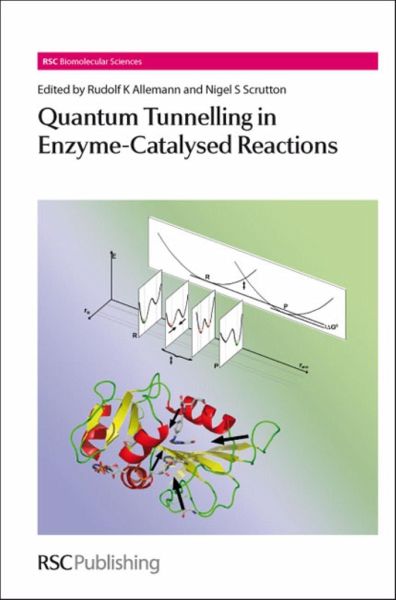
Quantum Tunnelling in Enzyme-Catalysed Reactions
Versandkostenfrei!
Versandfertig in über 4 Wochen
179,99 €
inkl. MwSt.

PAYBACK Punkte
90 °P sammeln!
In recent years, there has been an explosion in knowledge and research associated with the field of enzyme catalysis and H-tunneling. Rich in its breath and depth, this introduction to modern theories and methods of study is suitable for experienced researchers those new to the subject. Edited by two leading experts, and bringing together the foremost practitioners in the field, this up-to-date account of a rapidly developing field sits at the interface between biology, chemistry and physics. It covers computational, kinetic and structural analysis of tunnelling and the synergy in combining th...
In recent years, there has been an explosion in knowledge and research associated with the field of enzyme catalysis and H-tunneling. Rich in its breath and depth, this introduction to modern theories and methods of study is suitable for experienced researchers those new to the subject. Edited by two leading experts, and bringing together the foremost practitioners in the field, this up-to-date account of a rapidly developing field sits at the interface between biology, chemistry and physics. It covers computational, kinetic and structural analysis of tunnelling and the synergy in combining these methods (with a major focus on H-tunneling reactions in enzyme systems). The book starts with a brief overview of proton and electron transfer history by Nobel Laureate, Rudolph A. Marcus. The reader is then guided through chapters covering almost every aspect of reactions in enzyme catalysis ranging from descriptions of the relevant quantum theory and quantum/classical theoretical methodology to the description of experimental results. The theoretical interpretation of these large systems includes both quantum mechanical and statistical mechanical computations, as well as simple more approximate models. Most of the chapters focus on enzymatic catalysis of hydride, proton and H" transfer, an example of the latter being proton coupled electron transfer. There is also a chapter on electron transfer in proteins. This is timely since the theoretical framework developed fifty years ago for treating electron transfers has now been adapted to H-transfers and electron transfers in proteins. Accessible in style, this book is suitable for a wide audience but will be particularly useful to advanced level undergraduates, postgraduates and early postdoctoral workers.



